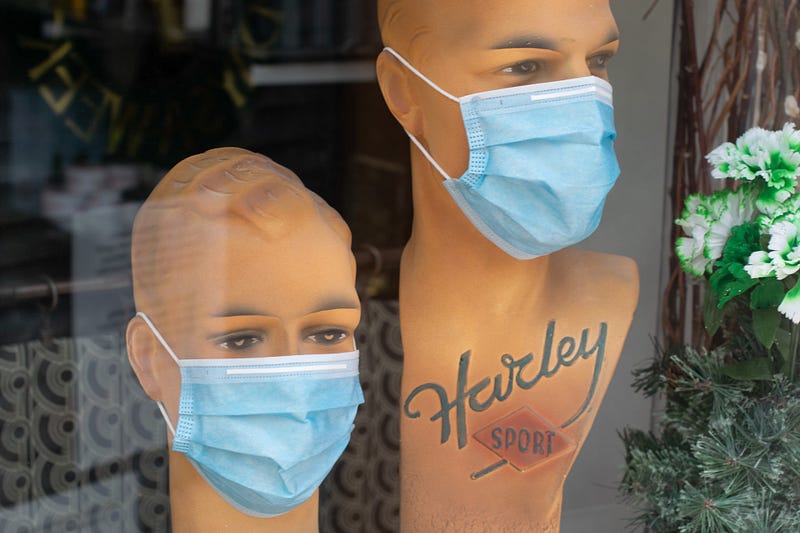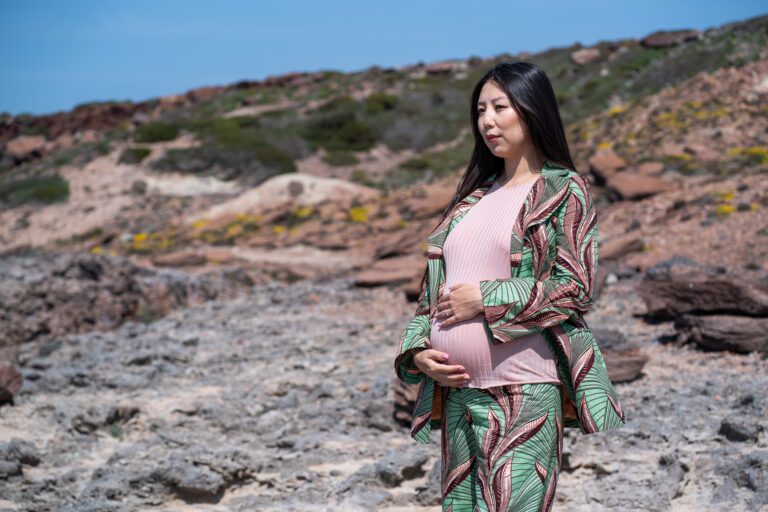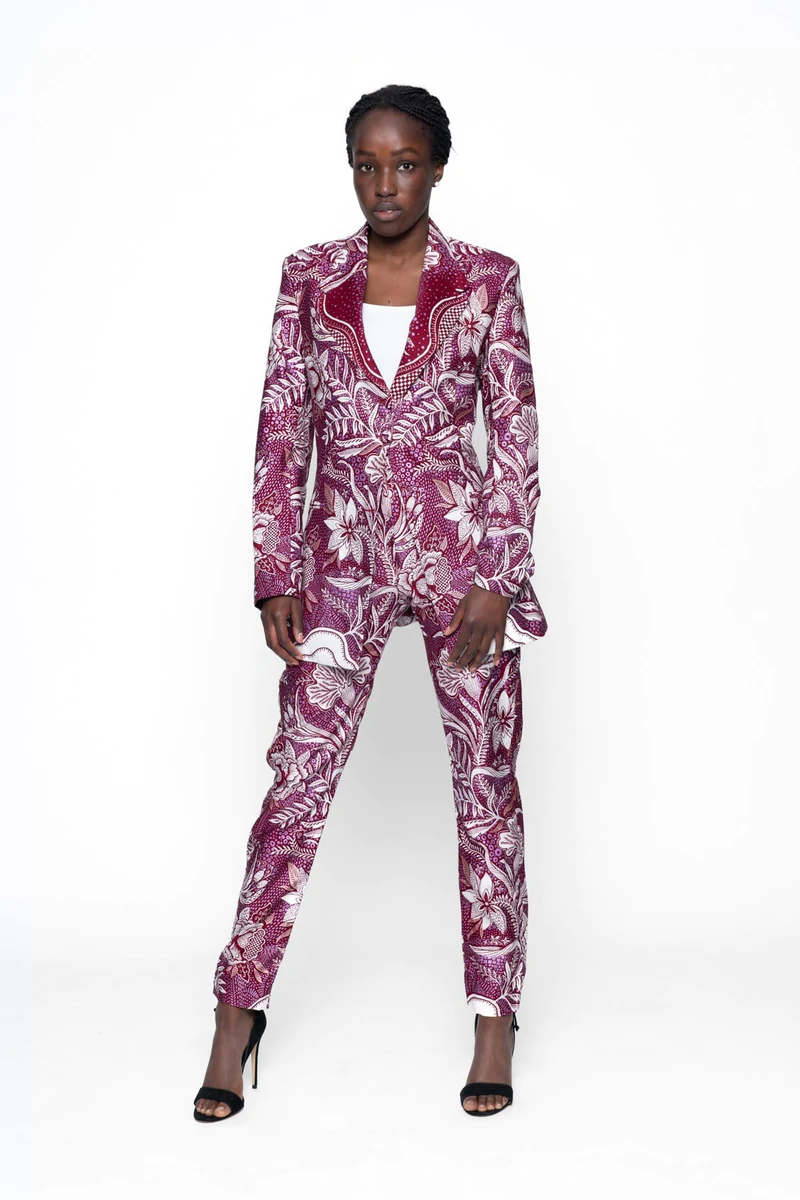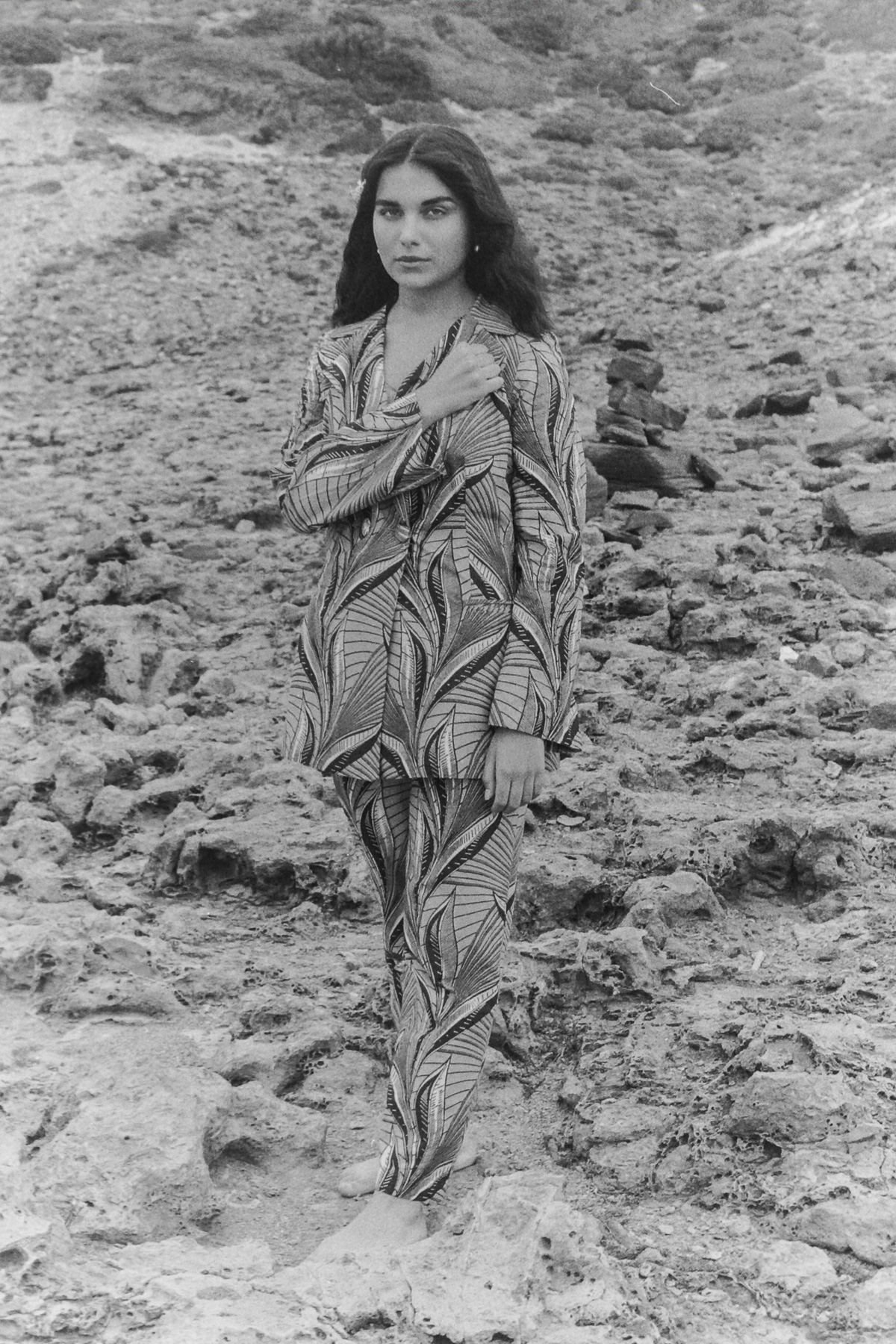What next for fashion marketing?
In the next part of our series, we look at how the Covid-19 pandemic has changed the way we market — and consume — fashion.
Marketing in lockdown
Covid-19 posed a challenge for marketers. Once the stay-in-place orders were imposed across the globe trying to drum up business as usual is not a winning strategy. After all, the only “must-haves” that a person might need were not the shoes, or bags, or jewelry of the season, but actual matters of life and death: face masks, gloves, surgical gowns.
Fashion brands were quick to start alluding to the pandemic in their communications, some more successfully than others. “Hobbies all of a sudden include staring out of the window,” noted Reformation, wistfully. But as the references piled up in your inbox, it was hard to get excited about yet another email telling you how to look good on a Zoom call (“Doubled-up headbands make bedhead look beautiful,” advised Anthropologie).
Meanwhile, fashion marketers were missing some key weapons in their usual armory. Stuck at home, influencers found it harder to create content for brands — and consumers were not listening, anyway. One report published in May estimated that Instagram influencers were losing an average of $3,100 per week, while 10 percent had their earnings entirely. When influencer Arielle Charnas escaped to the Hamptons following her COVID-19 diagnosis, she sparked a backlash that ushered in a reset for the influencer era; and Gal Gadot’s ill-conceived “Imagine” video and Madonna’s rose petal bath did pretty much the same thing for celebrities.
The Italian influencer Chiara Ferragni shone out as a rare exception, spreading the stay-home message from virus-hit Italy, and leveraging her following to raise over 4 million euro for Italian hospitals. She also managed to sell out her capsule collection with Champion in 24 hours.

A new way forward
Post-pandemic, customers are becoming disenchanted with some of their former role models, and less receptive to their favorite brands. We will soon reach a new phase, where companies will risk margin erosion and will need to re-invent what they can offer.
What will customers be looking for? The crisis has shown that consumers are calling for humanity and authentic value first, so a one time payment for one post and a couple of Instagram stories won’t be enough to influence customers anymore. We can expect activists to take over this role, engaging with people about the issues that really matter.
At Maakola, we have been working on a new direction, nurturing relationships with ambassadors who align with our values. Artists, political figures and social entrepreneurs, they are women who inspire us, and who genuinely want to feel good about what they wear. We’re proud to partner with every single one.











